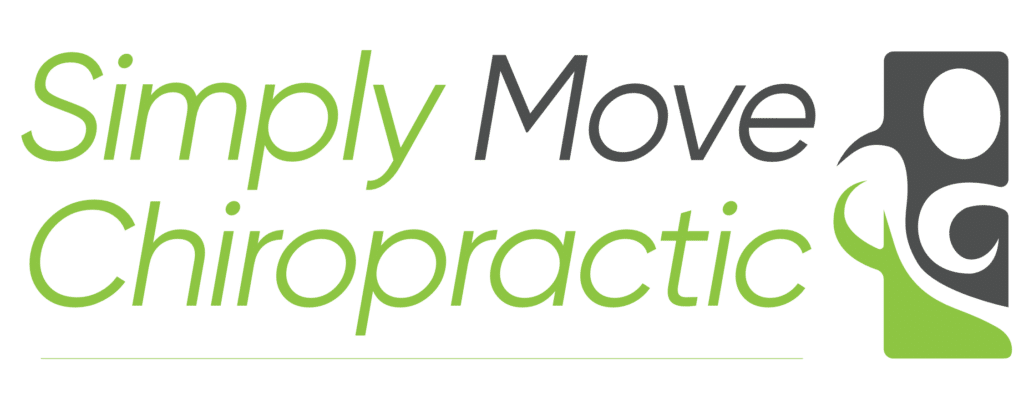When exploring treatment options for pain relief, injury recovery, or inflammation reduction, light therapy is one powerful tool that I offer at Simply Move Chiropractic. There are several types of light therapies, but understanding the key differences between them can help you make an informed decision about the best approach for your care. In this article, I’ll walk you through the important factors that differentiate these therapies, including why Red Laser Therapy stands out, especially with the Class IV dual-wavelength laser I use in my Charlotte office.
The Importance of Wavelength and Wattage
For light therapy, the two most important factors to consider are wavelength and wattage (or power). Wavelength determines how deeply the light penetrates your tissues and what kinds of biological effects it has on your body. For example, the 810nm wavelength penetrates deeper into tissues, stimulating cellular healing processes, while the 980nm wavelength is more is more readily absorbed by water in the tissue producing more heat, helping to reduce pain and inflammation.
All the light therapies we are talking about in this article will operate in the 600-1000nm wavelength which is near-infrared to infrared on the spectrum.
Wattage, on the other hand, controls the intensity of the light. Higher wattage allows for deeper penetration in a shorter time, meaning faster treatments. However, with great power comes greater responsibility—higher wattage can increase the risk of overheating tissues if not applied correctly. That’s why using the correct combination of wavelength and power is critical to safe, effective treatment.
Understanding Infrared Laser Therapy, LLLT, Cold Laser, and Red Light Therapy
Several terms are often thrown around when talking about light therapy: infrared laser therapy, Low-Level Laser Therapy (LLLT), cold laser, and red light therapy. It’s easy to get confused by the overlap in terminology, so let’s break it down.
- Red Light Therapy primarily uses LED bulbs, similar to standard household lighting, to emit therapeutic light. These LEDs typically operate at lower power levels (wattage) and within a wavelength range of 600-800nm. Due to this lower wattage and wavelength, red light therapy is limited in its ability to reach deep tissues, making it most effective for surface-level skin concerns.
- LLLT (Low-Level Laser Therapy), also known as Cold Laser Therapy, uses a Class III laser with less than 1 watt of power. The terms “low-level” or “cold”, simply refers to the fact that class III lasers produce less heat in the tissues than a class IV laser. Operating in the 800-1100nm wavelength range—similar to infrared lasers—LLLT can produce comparable tissue responses but requires longer treatment times due to its low power.
What Sets Red Laser Therapy Apart
What truly sets red (infrared) laser therapy apart from other light therapies is that it uses a Class IV laser, which delivers much more power than the Class III lasers typically used in LLLT/cold laser treatments. This higher power allows for deeper tissue penetration and faster results, making it a more effective option for many patients.
However, because of the increased power, there are important safety considerations. Using a Class IV laser requires specialized training to ensure that the high levels of energy are applied correctly without causing tissue damage. This is why it’s essential to choose a provider who is experienced with these tools to avoid any potential risks.
The Benefits of Class IV Dual-Wavelength Laser in My Office
At Simply Move Chiropractic, I use a Class IV dual-wavelength laser that combines the 810nm and 980nm wavelengths to provide a comprehensive approach to light therapy. The 810nm wavelength penetrates deeply into tissues to stimulate cellular repair, improve circulation, and speed up recovery. The 980nm wavelength targets more superficial tissues, helping to reduce inflammation and relieve pain at the surface level. This dual-wavelength system allows me to treat a wide variety of conditions more effectively, from muscle strains to chronic pain syndromes.
The combination of wavelengths, paired with higher wattage, makes the treatments faster and the results more immediate. The key, however, is proper application, which is why I’ve undergone specialized training to use this powerful tool safely and effectively.
Conclusion
Light therapy, particularly red laser therapy, offers tremendous benefits for treating pain, inflammation, and injury. With a Class IV dual-wavelength laser in my Charlotte office, I’m able to provide faster, more effective treatments that target both deep and surface tissues. Whether you’re dealing with chronic pain or an acute injury, light therapy can be a safe, non-invasive option to help you recover faster and feel better. If you’re interested in learning more about red laser therapy, don’t hesitate to reach out to Simply Move Chiropractic for a consultation.



